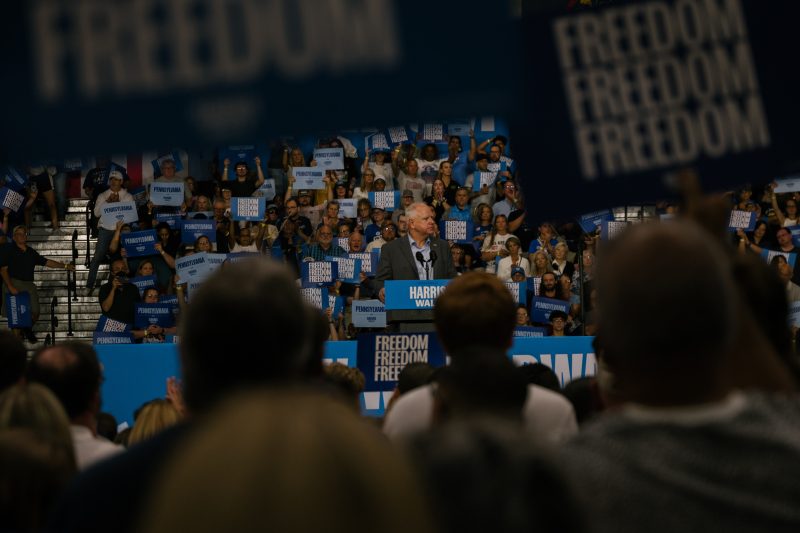
Tim Walz’s Campaign, Wrapped in Bubble Trouble!
In a rapidly changing political landscape, the concept of a bubble-wrapped campaign is both intriguing and somewhat concerning. Tim Walz, a seasoned politician with a wealth of experience, has chosen to employ this unique approach in his bid for reelection. By examining the dynamics of his campaign strategy, we can gain valuable insights into the evolving nature of political communication and engagement.
First and foremost, it is essential to understand what exactly a bubble-wrapped campaign entails. In essence, it refers to a strategy wherein a candidate insulates themselves from potential controversy or criticism by carefully controlling their public appearances and interactions. This can take various forms, such as limiting media access, carefully scripted speeches, and avoiding spontaneous or unscripted interactions with constituents.
For Tim Walz, this approach can be seen as a prudent attempt to maintain a positive and carefully controlled public image. In an era of heightened political polarization and scrutiny, the risks of making a misstep or being caught off guard are significant. By tightly managing his campaign, Walz is aiming to present a polished and carefully curated version of himself to the public, one that is calculated to resonate with his target audience and minimize potential vulnerabilities.
However, while the bubble-wrapped strategy may offer some short-term benefits in terms of avoiding gaffes or controversies, it is not without its drawbacks. By restricting direct engagement with the media and constituents, Walz runs the risk of appearing disconnected or out of touch with the concerns and issues that matter most to voters. Authenticity and transparency are crucial components of effective political communication, and a campaign that is too tightly controlled may come across as overly scripted or insincere.
Moreover, the very act of insulating oneself from criticism can sometimes backfire, as it may create the perception that the candidate is avoiding accountability or lacks the confidence to engage in open dialogue. In a political climate that values authenticity and accessibility, the bubble-wrapped approach may run counter to the expectations of an increasingly savvy and discerning electorate.
In conclusion, while Tim Walz’s bubble-wrapped campaign strategy may offer certain advantages in terms of managing his public image and mitigating potential risks, it also poses challenges in terms of fostering genuine connections with voters and demonstrating authenticity and transparency. As the political landscape continues to evolve, it will be fascinating to see how this unique approach plays out and whether it ultimately proves successful in securing Walz’s reelection bid.
